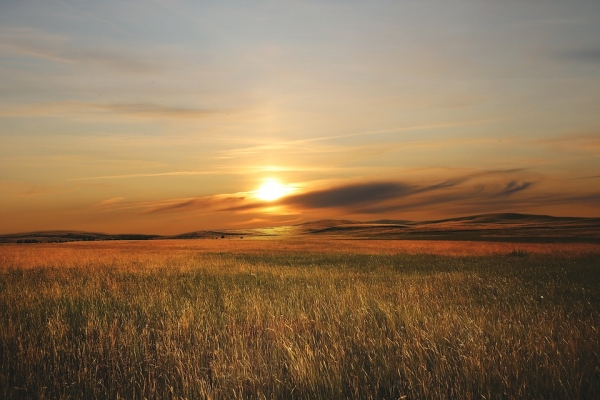Australia has among the highest prevalence of asthma and hay fever globally. La Niña (and El Niño) will undoubtedly affect allergy sufferers.
Sea-surface temperatures across the east-central equatorial Pacific cycle between episodes of La Niña (when the sea is cooler) and El Niño (when it is warmer). These complex weather patterns are likely to alter the amount of pollen in the air.
A La Niña event has been declared for the third year in a row, increasing the likelihood eastern and northern Australia will be wetter than normal. This will raise health concerns for some people due to prolific pastureland growth and more grass pollen.
Allergic rhinitis (hay fever) and asthma can be triggered by pollen from grasses, weeds or trees. Thunderstorms can also be a trigger.
Read more at University of Technology Sydney
Photo Credit: mollyroselee via Pixabay


